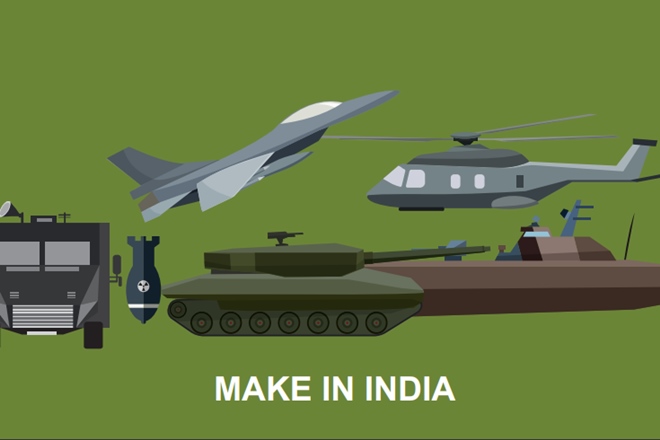While the defence industry is dominated by a finite number of Original Equipment Manufacturers (OEMs), a large number of SMEs are suppliers to defence PSUs as well. A well-defined supply chain connects SMEs, prime contractors and OEMs. The latter prefer to work with small enterprises due to their innovative approach to niche manufacturing, flexibility, lower costs, and their greater ability to absorb new methods and manufacturing technologies.
The contribution of SMEs to India’s defence sector has largely flown under the radar. However, with the Make In India initiative, there is an increased understanding that the Indian defence industry needs to reduce its dependence on imports. More importantly, it already has several smaller enterprises who possess the capability to take a more significant role in defence supply and only need greater investment and encouragement.
In order to integrate successfully into the value chain of a defence PSU or OEM, SMEs need to have a nuanced understanding of the sector’s needs and functioning. Such insight will help them to develop niche products and skills that can be applied within the sector, and also to be able to consistently innovate and exploit export opportunities open to them under the Defence Offset Policy. Government Policies
India has one of the largest defence infrastructures in the world. It is one of the largest importers of defence implements, besides. In order to tackle this dichotomy and reduce the dependence on imports, the government introduced a Defence Offset Policy (under the Defence Procurement Policy) in 2016. Under the DOP, a foreign defence supplier agrees to manufacture a given percentage of his product in India. This may take the form of a technology transfer as well.
The DPP-2016 laid the roadmap for India’s future arms and defence equipment procurement, with the goal of making India self-sufficient in defence manufacturing and infrastructure.
Under the DPP, India allows for 100% FDI in Defence. This, coupled with the DOP, gives India’s SMEs the chance to manufacture goods of a non-trivial value for foreign OEMs. Furthermore, the DPP also subsidises 90% of the prototype development cost for SMEs in the defence sector. There is also Exchange Rate Variation (ERV) protection on foreign exchange components for all Indian companies, private or public. This allows for a greater technological exchange between foreign OEMs and Indian firms and is invaluable for SMEs that are always ready to innovate and absorb technological upgrades.
New Playing Fields
Most SMEs in India restrict themselves to manufacturing component parts, rather than R&D and other skill sets that would position them to take better advantage of the opportunities in the defence sector. They need more investment and handholding schemes, especially to foray into the R&D space; they need to restructure deliberate business units; they should look to form joint and cooperative ventures for exchanging both technical and soft skills to raise the overall skill level of the sector; and finally, they should look to diversify their offerings within the defence sector as well.
SMEs can grow in multiple ways and avail themselves of the increasing opportunities within India’s defence sector. For this, they need to upskill and innovate both hard and soft skills.
